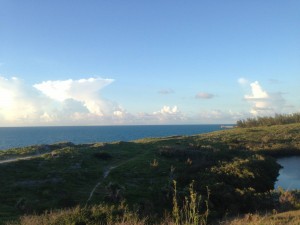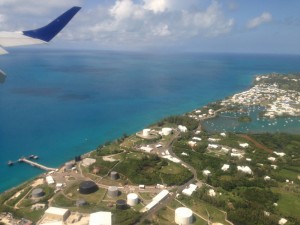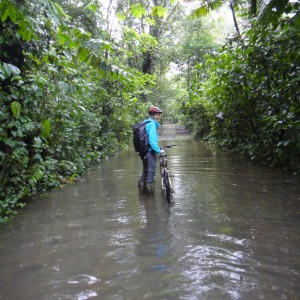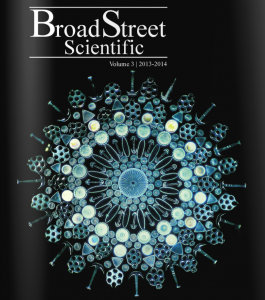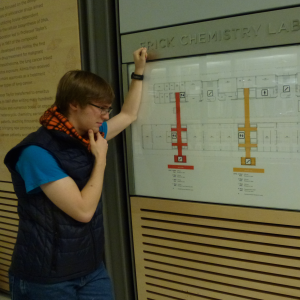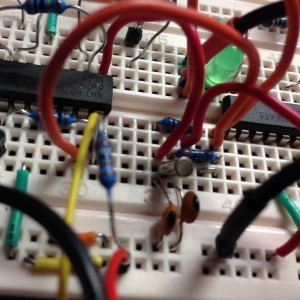I know it’s hard to believe, but it’s spring again, and we only have a month to go before finals. As summer approaches, many Princetonians are getting ready for jobs, internships, and — if they’re lucky — vacation. Others, like me, are prepping to do research.
This has been on my mind a lot recently. I am a PIIRS Undergraduate Fellow, which means I am receiving funding and guidance to conduct my thesis research abroad this summer. Recently, I submitted my final proposal. I hope to explore Brazilian psychoanalyst Nise da Silveira’s legacy outside of the realm of psychology. Known for using artistic expression as a means of treatment for schizophrenic patients, da Silveira’s teachings serve as a source of inspiration for some artists in Brazil. Finishing my proposal forced me to prepare for my time in Rio. Here, I thought I would share the five steps I found most helpful.

1) Think about your personal goals and interests. Reflect a little. What do you want to get out of your independent work? For me, I know I want to become a better ethnographer, improve my fluency in Portuguese, and immerse myself in Rio’s art world. My project is designed to address these goals by placing me in constant contact with artists. Locating your areas of interest and desired growth is important if you haven’t picked a topic yet, too; find something that excites you! After all, independent work is more than a torturous graduation requirement—it’s your time to grow intellectually and hone in on something enthralling!
2) Talk to professors. I know this is something we write about a lot on PCUR, but that’s because professors are such valuable resources. Once I had my initial ideas to explore art and mental stigma, I spoke to two professors about the topic. I left these meetings not only with ten books to take out of the library and myriad themes to begin exploring, but also with the confidence that this project was a good one. Continue reading Five Steps to Prepare for Summer Research



